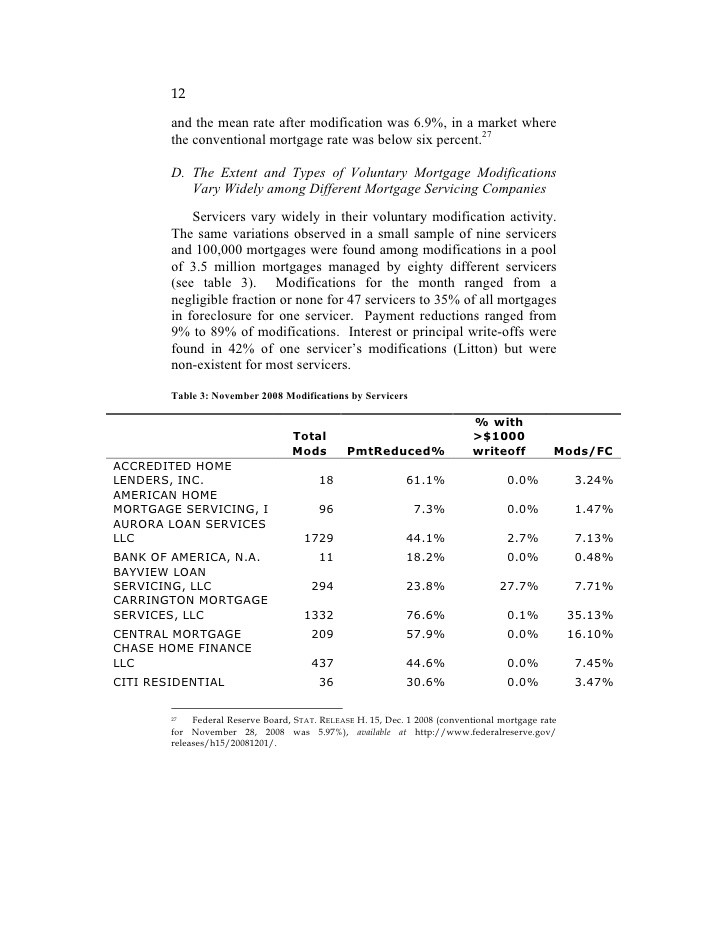Deleveraging What It Means To Corporate America
Post on: 28 Апрель, 2015 No Comment

Deleveraging is a term that comes into vogue following major economic meltdowns. What does it mean? What are its ramifications? Is it good? Is it bad? Who does it help and who does it hurt? To unravel the mysteries of deleveraging it is good to start with its antonym: leverage.
Leverage (or debt) has become an integral aspect of our society. At the most basic level, businesses use it to finance their operations, fund expansions and pay for research and development. By using debt, businesses can pay their bills without issuing more stock preventing the dilution of shareholders’ earnings. For example, if a company formed with an investment of $5 million from investors. the equity in the company is $5 million — this is the money the company uses to operate. If the company further incorporates debt financing by borrowing $20 million, the company now has $25 million to invest into capital budgeting projects and more opportunity to increase value for the fixed number of shareholders.
Leverage gets a bit more complicated, as there are two main types of leverage that can be used: operating leverage and financial leverage. O perating and financial leverage make income and profits more sensitive to business cycles, which can be a good thing during periods of economic expansion and a bad thing during economic declines. The essence of the matter is lever = debt = high interest payments. (To explore the impacts of leverage, check out Leverage’s Double-Edged Sword Need Not Cut Deep .)
Deleverage
Everything in moderation applies perfectly to the concept of leverage. When companies overdue their use of leverage, they run into trouble as they are faced with excessive interest payments. That’s when deleveraging — getting rid of debt — comes into play.
From a business perspective, deleveraging strengthens balances sheets. It is a sound course of action to get a company back on the right track. From a practical perspective, however, deleveraging isn’t quite so pretty. Laying off workers, closing plants, slashing research and development budgets and selling off assets are all part for the course when implementing a deleveraging strategy as companies seek to retain extra cash in order to pay off their obligations.
Wall Street generally greets successful deleveraging with a warm embrace. Announcements of massive layoffs send corporate costs falling and share prices rising. However, deleveraging doesn’t always go as planned. When the need to raise capital to reduce debt levels forces firms to sell off assets that they don’t wish to sell at fire sale prices, the price of a company’s shares generally suffers in the short run. Worse yet, when investors get the feeling that a company is holding bad debts and unable to deleverage, the value of that debt plummets even further. Companies are then forced to sell it at a loss, if they can sell it at all.
Inability to sell or service the debt can result in business failure. Firms that hold the toxic debt of failing companies can face a substantial blow to their balance sheets as the market for those fixed income collapses; such was the case for firms holding the debt of Lehman Brothers prior to its collapse. (For an overview on the Lehman Brother collapse, refer to Case Study: The Collapse of Lehman Brothers .)
Banks are required to have a specific percentage of their assets held in reserve to help cover their obligations to creditors, including depositors that may make withdrawal requests. They are also required to maintain certain ratios of capital to debt. To maintain these ratios, banks deleverage when they fear that the loans they made will not be repaid or when the value of assets they hold declines. When banks are concerned about getting repaid, lending slows. When lending slows, consumer can’t borrow, so they are less able to buy products and services from businesses. Similarly, business can’t borrow to expand, so hiring slows and some c ompanies are further forced to sell assets at a discount to repay bank loans.
If many banks deleverage at the same time, stock prices fall as companies that can no longer borrow from the banks are revalued based on the price of assets they are trying to sell at a discount. Debt markets may potentially crash as investors are reluctant to hold the bonds from troubled companies or to buy investments into which debt is packaged. (Read The Barnyard Basics Of Derivatives for additional insight into debt markets.)
Stemming the Tide Comes at a Price
When deleveraging creates a downward spiral in the economy, the government is forced to step in. Government takes on debt (leverage) to buy assets and put a floor under prices or to encourage spending. This can come in a variety of forms, including buying mortgage-backed securities to prop up housing prices and encourage bank lending, issuing government-backed guarantees to prop up the value of certain securities, taking financial positions in failing companies, providing tax rebates directly to consumers, subsidizing the purchase of appliances or automotives through tax credits, or a host of similar actions. The Federal Reserve can also lower the Federal Funds Rate. to make it less expensive for banks to borrow money from each other, push down interest rates and encourage the banks to lend to consumers and businesses.
The Bottom Line
When the business sector is deleveraging, the government can’t continue to take on leverage forever, as government debt must eventually be repaid by taxpayers. The situation gets complicated fast, and there are no easy answers. Efficient economic policies must be implemented accordingly in order to mend the downward spiral.














